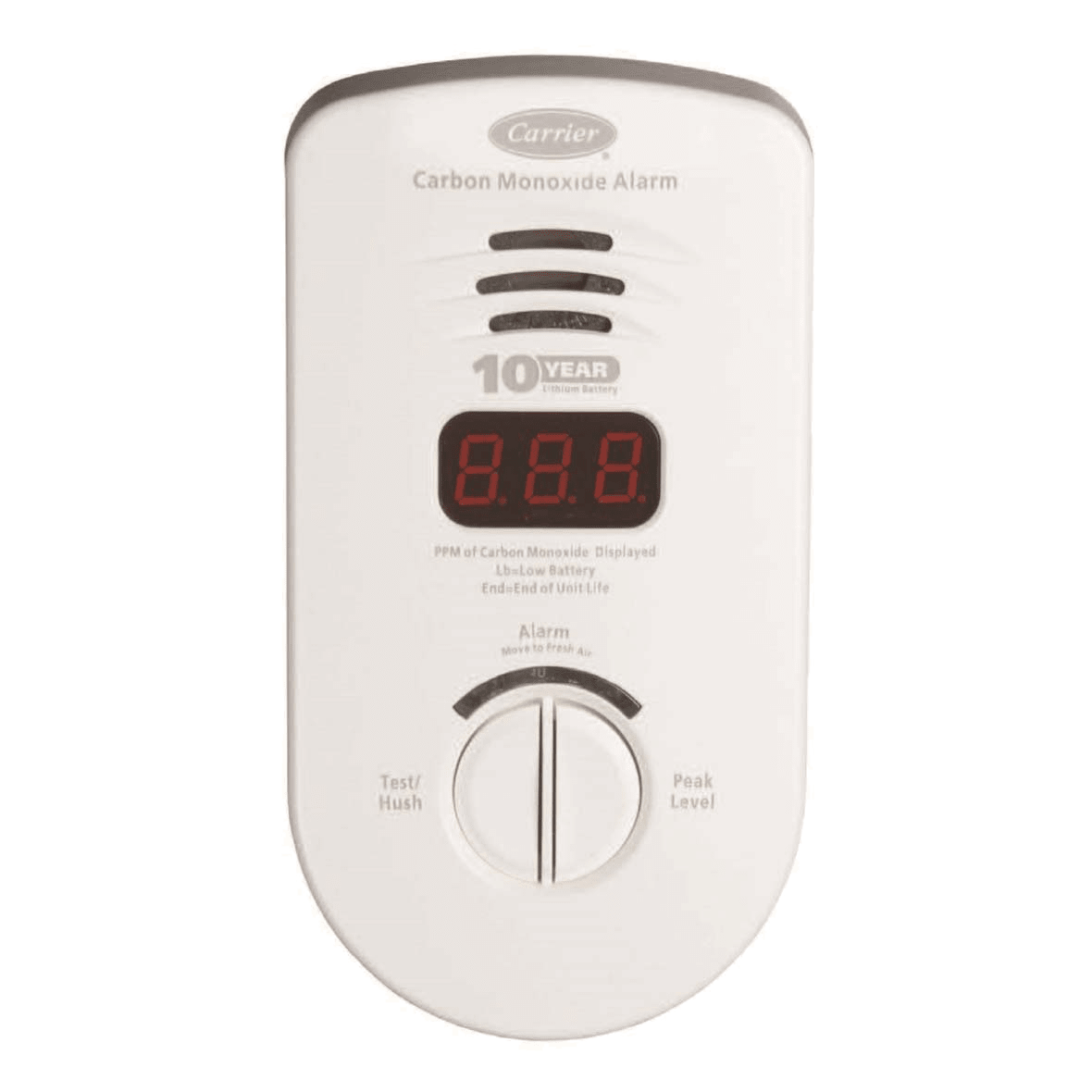How Many Carbon Monoxide Detectors Do I Need?
It is strongly recommended that all homes have functioning carbon monoxide detectors to notify you when there is an unsafe level of carbon monoxide in the air. But how many carbon monoxide detectors do I need? Dive into our guide on carbon monoxide detectors to learn more.

Do I Need A Carbon Monoxide Detector?
It is strongly recommended for all occupied homes to have carbon monoxide detectors installed.
It is especially important for homes with equipment like furnaces, stoves, generators, and gas water heaters to install carbon monoxide detectors to help prevent carbon monoxide poisoning.
Help prevent a dangerous buildup of carbon monoxide in your home by following these steps:
- Install carbon monoxide detectors to alert you of a dangerous buildup of carbon monoxide
- Keep areas around fuel-burning devices clear to ensure air movement and ventilation
- Conduct regular cleaning and maintenance of your fuel-burning devices
- Have your HVAC system and any other gas-, oil-, or coal-burning equipment serviced by a qualified technician on a regular basis
- Do not burn anything in a fireplace with a closed damper
- Do not heat your home with a gas stove
- Do not use generators, charcoal grills, or other fuel-burning devices inside a closed space like a garage, basement, or elsewhere inside your home
- Do not run a car inside a garage that is attached to your home, even if the garage door is open
How Many Carbon Monoxide Detectors Do I Need?

Maintaining Your Carbon Monoxide Detectors
Once you install your carbon monoxide detector, follow these steps to make sure it works and provides the best protection possible:
- Ensure the detector is between 15-20 feet away from a source of carbon monoxide, like a fireplace or furnace, because low levels of carbon monoxide present nearby may trigger the alarm unnecessarily
- Ensure nothing is covering or blocking the detector
- Ensure the detector is not near a window or door
- Test the detector on a regular basis
- Vacuum the detector monthly to remove dust and dirt that may clog the sensor. Be sure not to clean with any chemicals or solvents as that can damage the sensor.
Connect With Your Carrier Dealer To Learn More About Carbon Monoxide Detectors

Explore Carrier Carbon Monoxide Alarms
Choose a Carrier carbon monoxide alarm for peace of mind and enhanced safety in your home. This reliable alarm detects dangerous levels of carbon monoxide, a colorless, odorless gas, and alerts you immediately to protect your family from potential poisoning. Easy to install and with advanced sensor technology, Carrier carbon monoxide alarms offer accurate and timely detection.
Designed to alert you when dangerous levels of carbon monoxide are present inside your home.


